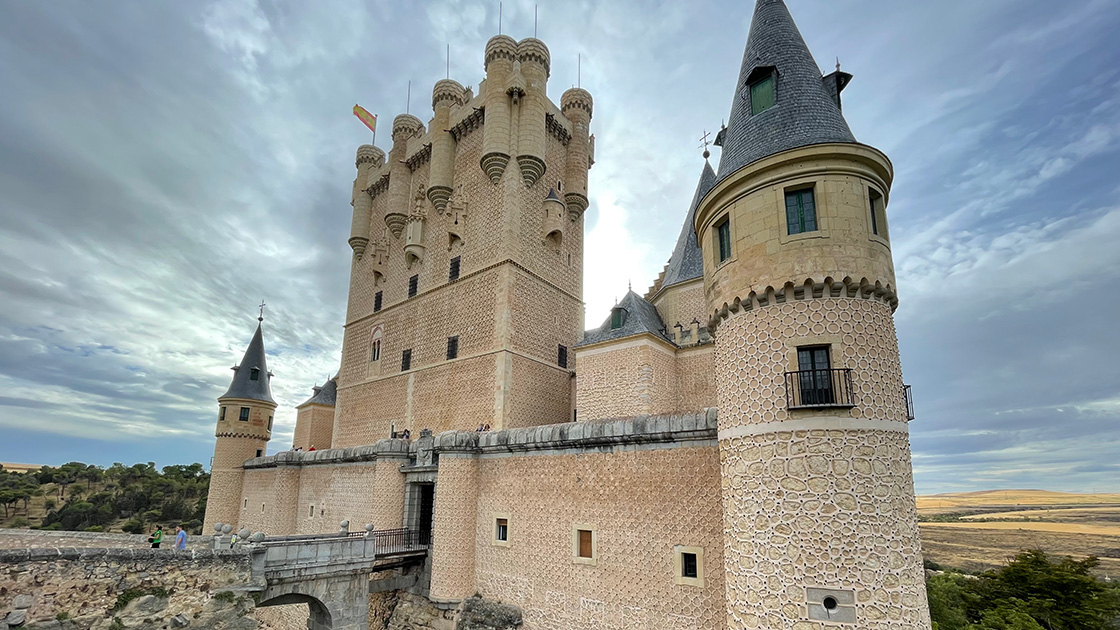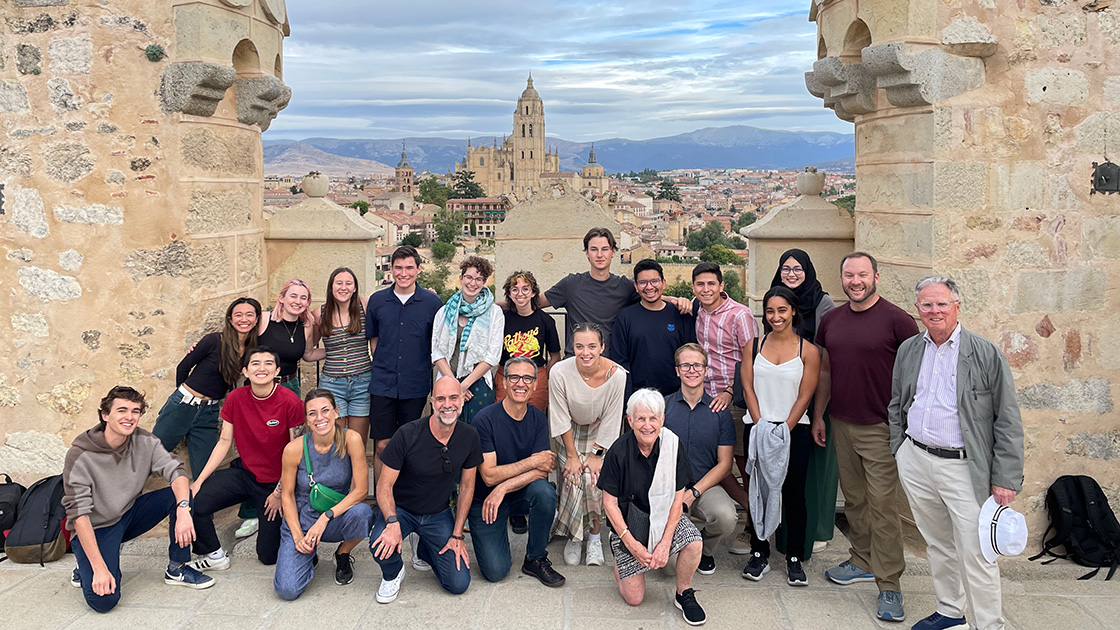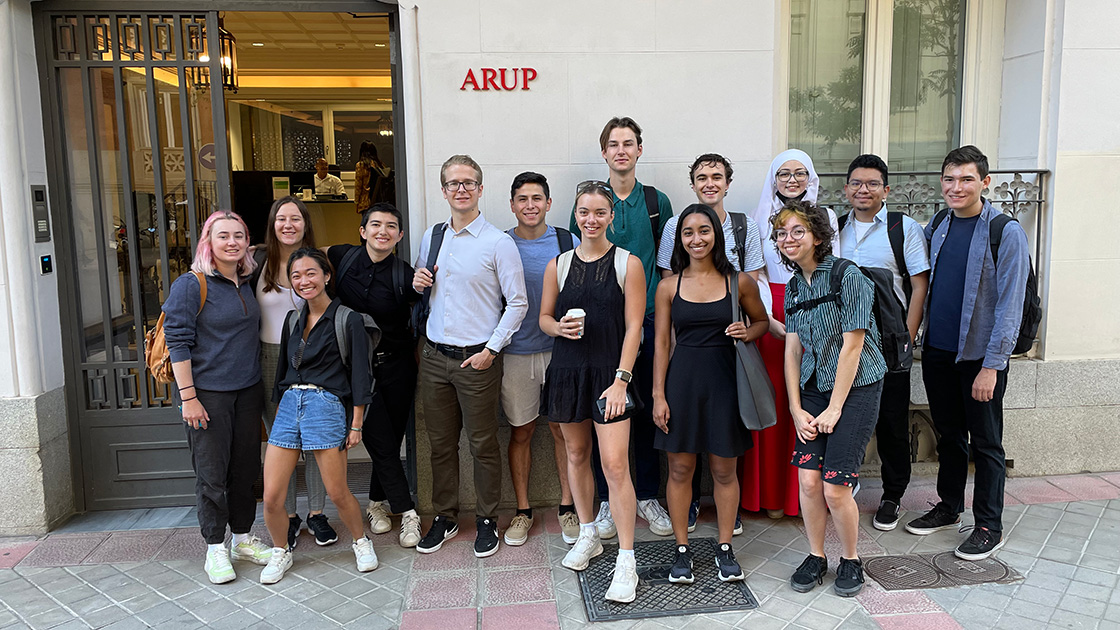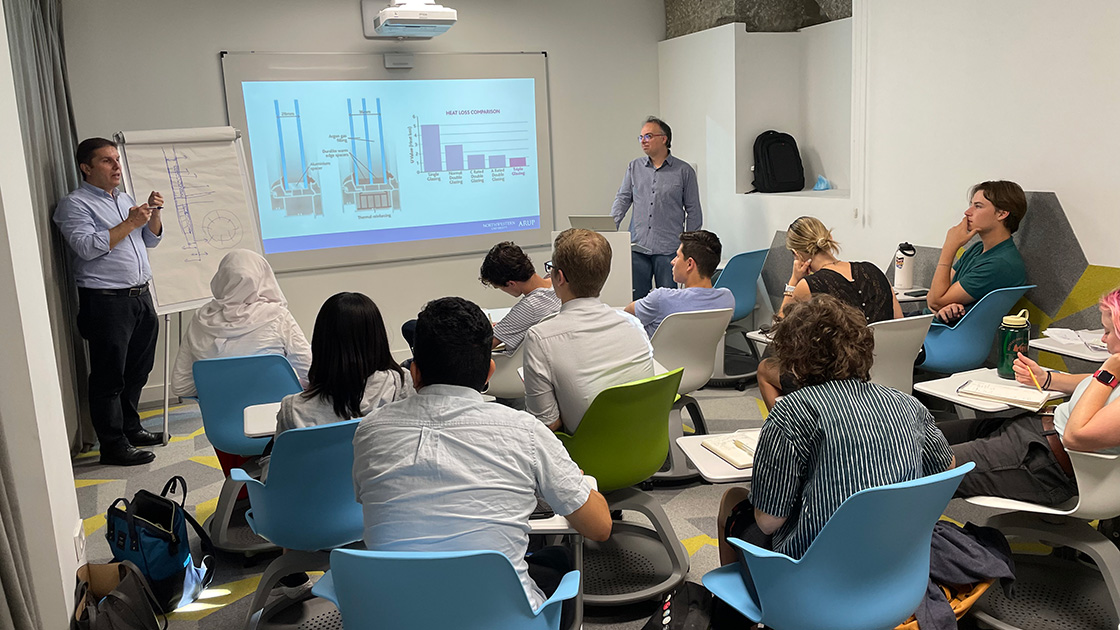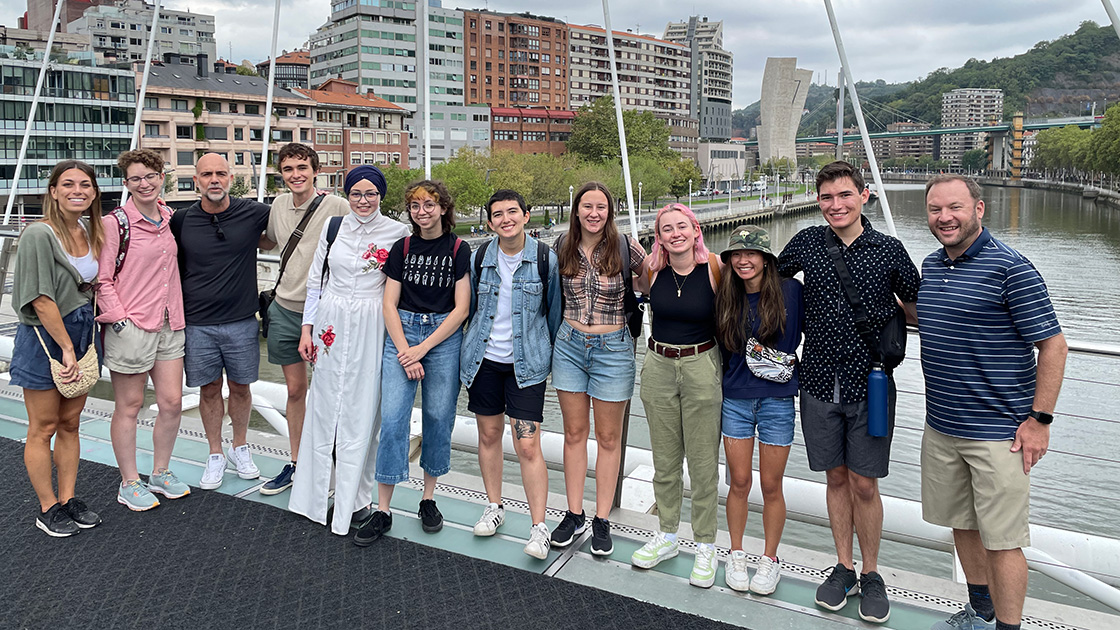Trip to Spain Broadens Horizons of Architecture Students
Fourteen students in the Architectural Engineering and Design Program explored Spain
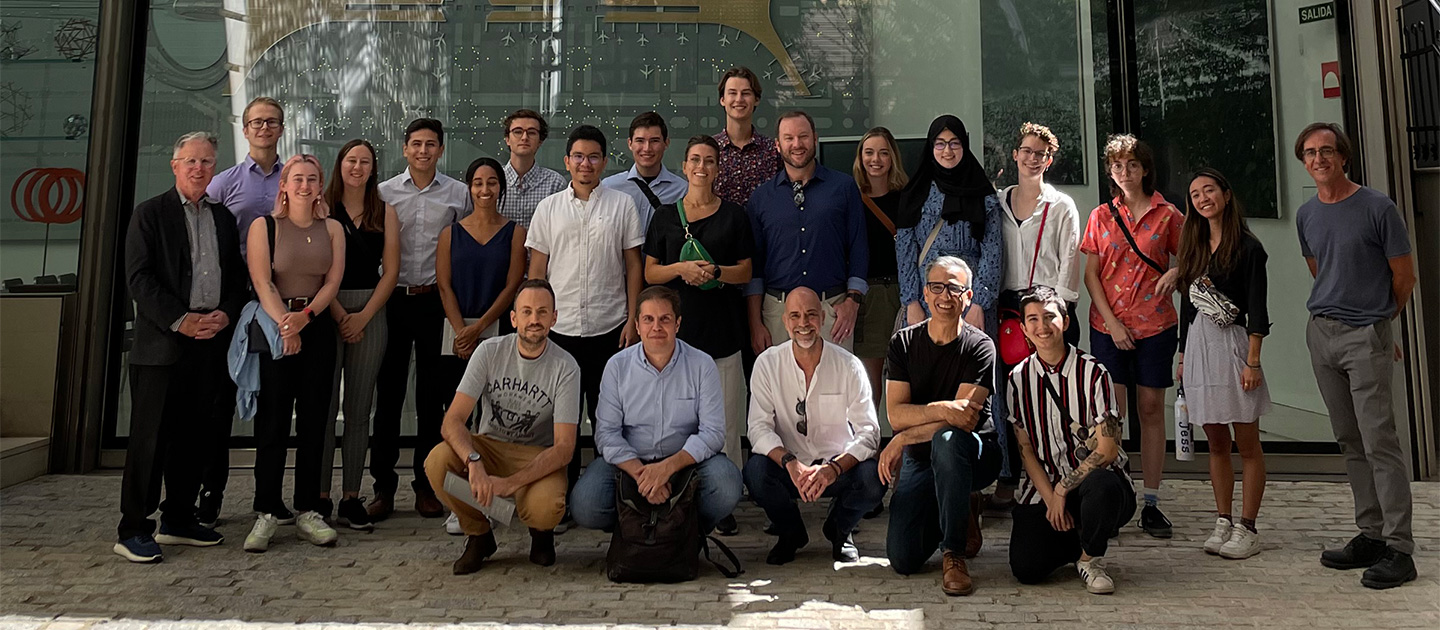
Looking at photographs can only go so far when you’re studying architecture. Sure, pictures can convey some of a building’s traits and features, but the best way to actually experience a structure’s scale and how it relates to its surroundings is to see it in person.
Seven current and seven former students in Northwestern Engineering’s Architectural Engineering and Design (AED) minor program recently got that chance in Madrid, Spain.
“We’re teaching engineers to think creatively,” said Scott Cyphers, an adjunct professor in the program and a design principal at Chicago architecture firm Booth Hansen.
Spain is really interesting. There’s a great mix of old architecture and new. Madrid is a metropolis that’s developed over time, so understanding how the city works with both modern buildings and historic ones is very valuable.
Scott CyphersAdjunct Professor; Design Principal, Booth Hansen
From September 1–10, Cyphers and the group of 14 were immersed in Madrid’s architecture, seeing firsthand how classic old-world architecture meshes with contemporary designs. On the first European AED trip of its kind since 2019, the students took side trips to Bilbao – home of Frank Gehry’s iconic Guggenheim Museum and an exhibit named “Motion. Autos, Art, Architecture” curated by the Norman Foster Foundation – and Segovia to see the classic Roman aqueduct, cathedral, and palace.
In Madrid, the cohort toured the city and its famous landmarks, and viewed the ongoing renovations to Real Madrid’s iconic Santiago Bernabeu soccer stadium. Thanks to the efforts of the Madrid office of Arup, one of the world’s leading design, engineering, architecture, and planning firms, the Northwestern students received a rare tour of the Norman Foster Foundation, which is filled with the famed architect’s drawings and models.
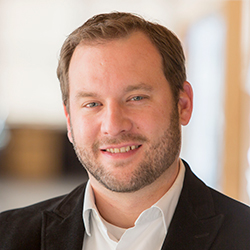
“There was something everywhere the students looked,” said Cyphers, one of the faculty members on the trip. “Spain is really interesting. There’s a great mix of old architecture and new. Madrid is a metropolis that’s developed over time, so understanding how the city works with both modern buildings and historic ones is very valuable.”
The students – half of whom have already graduated but were invited after a planned 2021 trip was cancelled due to the pandemic – stayed in a hostel but did much more than sightseeing.
Arup’s Madrid office played a key role in the experience, with the firm’s members delivering lectures to students about the finer points of the field. The talks were not surface-level, but rather on advanced topics such as acoustics and thermal performance.
Through a connection with Jose Luis de la Fuente and Luis Collado, Chicago-based Spanish architects, founders of STL Architects, and adjunct faculty members, AED faculty collaborated with Arup engineers to give students experiential learning opportunities. Under Arup’s purview, four student teams were assigned to strategize plans to take an existing Madrid high-rise, built in the late 1970s, and re-clad with wood using today’s technology while also making sure the new design was sustainable.
“They did a great job,” Cyphers said. “It was interesting because they were touring buildings, experiencing the city, and getting presentations, but the students somehow found time to develop their projects. They produced fabulous work that really impressed the engineers at Arup’s office, as well as our faculty. It was very thoughtful and creative work that provoked a lot of discussion.”
The trip clearly had an impact on the students who went.
“The Arup trip to Spain was a full immersion in architecture and engineering. Whether out in the field or speaking to the leading experts who make these projects possible, I learned a tremendous amount about the considerations that go into designing a sustainable facade system,” said student Spencer Allan (’23). “It was also a ton of fun getting to live and work in a place like Madrid with my peers.”
The AED program, part of Northwestern’s Department of Civil and Environmental Engineering, blends architectural principles and state-of-the-art engineering. Hands-on studio courses are led by practicing architects and engineers from Chicago's world-renowned building design community.
Travel, whether it’s the last two trips to Spain or previous jaunts to Germany, is an important part of the program. The Evanston campus is close to Chicago, one of the world’s great architecture cities, but there’s always more to see.
“I think it’s an important part of their education,” Cyphers said. “It’s been a wonderful experience in the classroom, but there’s such great architecture around the world and we wanted to provide an experience for the students to take part in another culture, travel, see great architecture, and do project work while they’re at it.”
